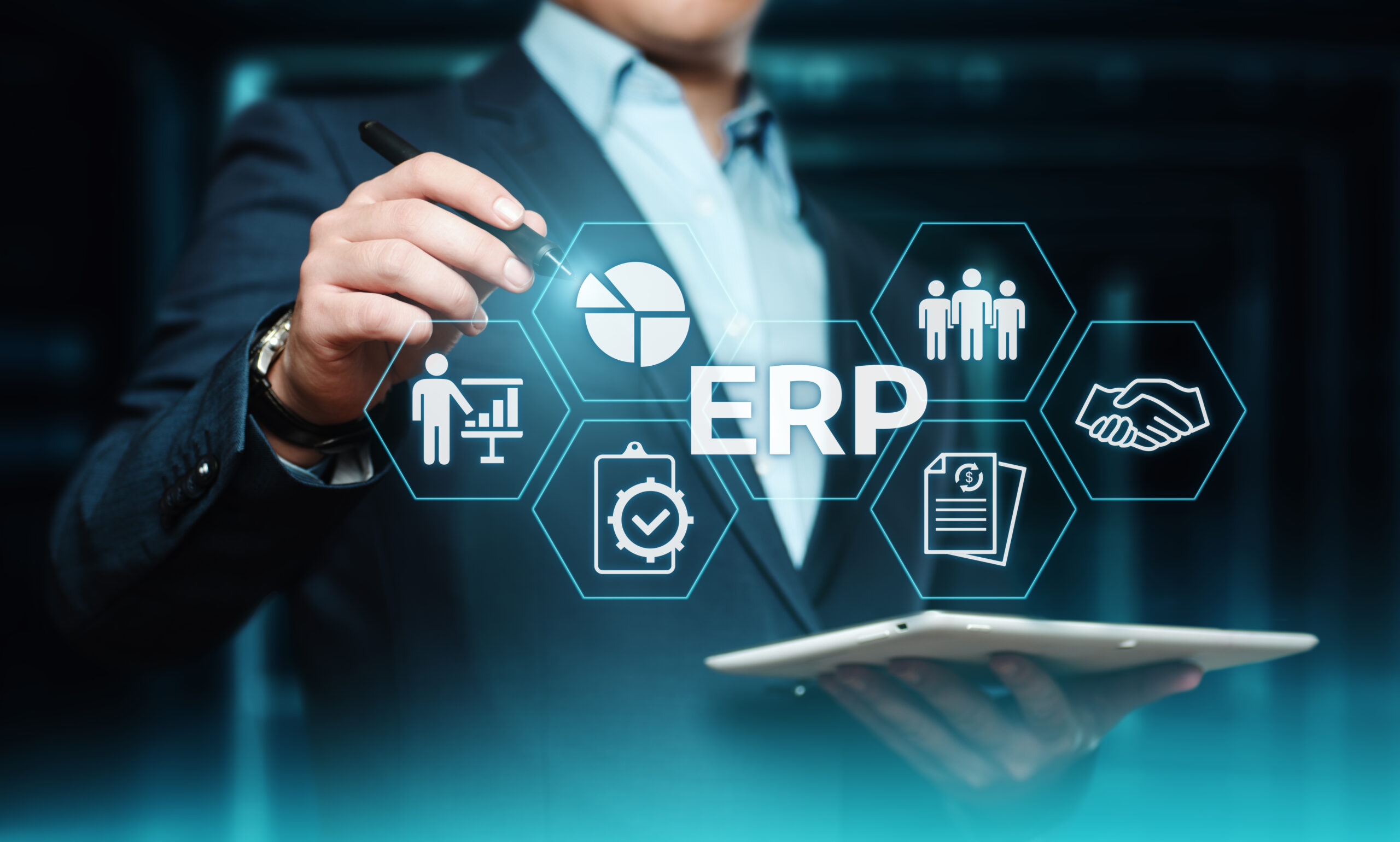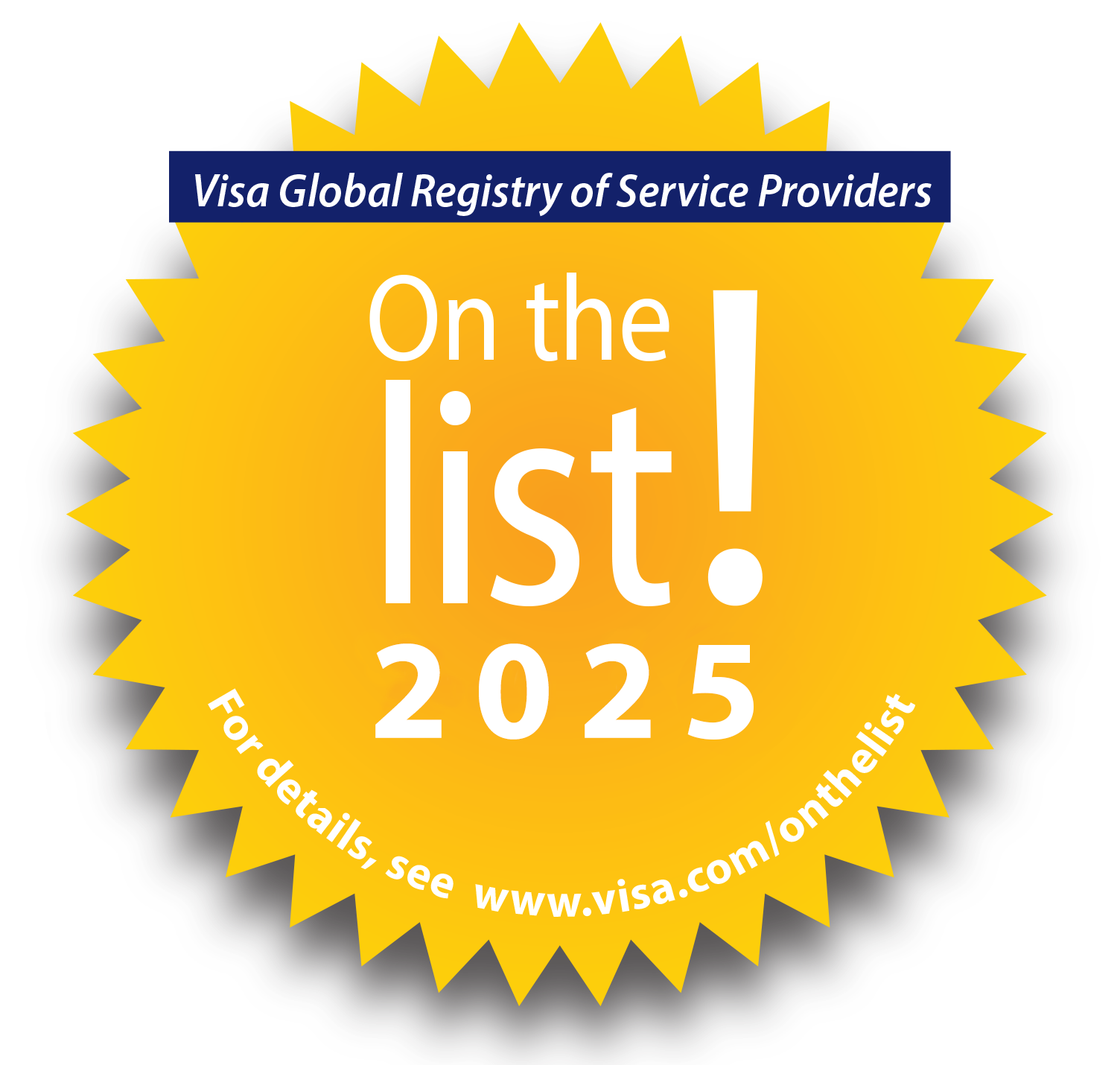How AP Automation Trumps ERP Investments
Edenred Pay’s AP automation experts can show you how automating the processes that feed your ERP will deliver benefits that ERP can never achieve on its own.

Most businesses spend more on their enterprise resources planning (ERP) application than any other technology purchase. “It’s the financial nerve center of our business,” they reason.
But despite the huge investments that businesses make in their ERP – upfront and an ongoing basis – the finance industry’s dirty secret is that most organizations aren’t achieving return on their ERP investments.
How can that be?
For starters, ERP applications create four big problems for businesses:
1. Information siloes.
Poor integration between ERP applications and the front-end systems and processes that feed them necessitates the keying of invoice data into the ERP, results in duplication of effort, increases process complexity and the possibility of information gaps, and creates different versions of the truth, which compromises the quality, reliability and accessibility of key data. Information siloes are a big reason that organizations have the same amount of paper shuffling, e-mails and faxes as part of their invoice processing even after deploying an ERP. And reconciling data from multiple systems is also no small task.
2. Complexity.
ERP applications are incredibly complex. They were designed as enterprise applications with IT and financial users in mind, not a front-line accounts payable practitioner. The complexity of ERP applications can slow down productivity at times when accounting and financial operations can least afford it. Delays seem to always come at the wrong time when businesses are focused on their monthly, quarterly and annual close. And delays also occur during periods of strong business growth and peak sales seasons. Complex, inflexible processes can also burden stakeholders with a confusing order configuration process.
3. Inflexible processes.
Changing ERP systems, whether it’s for process workflow improvements, internal accounting structures, or product IDs, typically requires IT staff. In addition to overworked IT staff involvement, it requires expensive vendor resources and invariably results in long delays. Inflexible ERP processes also complicate the onboarding of new businesses or divisions.
4. Inability to meet future business needs.
Most ERP applications make it nearly impossible for finance organizations to quickly meet the fast-changing demands of today’s increasingly competitive global economy where disruptive competitors are completely upending established industries. The root of the problem is most ERP vendors configure “new” ERP applications to closely resemble the system it’s replacing. This short-sighted approach omits visualizing the organization’s future needs and the “wish list” of features it will require.
It’s no wonder why maintaining an ERP application can cost a business millions of dollars annually.
But that’s not the only problem with legacy ERP applications. The biggest issue for finance organizations is that ERP applications do little to improve front-end processes such as invoice processing that feed them. As a result, no matter how much you spend on your ERP application, a manual or semi-automated accounts payable process will still suffer from too much paper shuffling, emailing, lots of data entry, data gaps, lost invoices and incomplete, accurate and inaccessible information.
A Way to Improve ERP Functionality
A better approach is for organizations to use an ERP for the things it does well – managing payment terms, supplier information, policies, approved invoice data, and financial data – and to automate their line-of-business applications that feed their ERP(s) with flexible, digital technologies.
Not surprisingly, more organizations are integrating front-end digital transformation solutions that use technologies such as intelligent data captureAI-powered technology that extracts, validates, and structures data from invoices or documents with high accuracy., mobile, machine learning and analytics with their ERP application. The IOFM research finds that 51% percent of businesses have either integrated an automated accounts payable solution with their ERP applications or plan to within the next three years.
Digital transformation solutions, such as the Edenred Pay’s Payment Automation Platform, provide a single platform for digitizing paper documents, importing electronic documents in their native format (such as e-mail, fax, EDI and PDFs) from other applications, extracting key data (such as invoice number, header and line-item detail, and invoice amount), validating extracted data against existing data (such as POs and delivery receipts), flipping PO’s and sharing it with other systems and archiving information for instant access.
With Edenred Pay’s AP Automation platform, users can automatically capture and validate invoice information. They’ll be able to digitally view and manage all critical content, while automating approval and exceptions workflows. Additionally, they can notify staff of invoices that require attention and easily search for documents and data.
Importantly, Edenred Pay’s Integrated AP Automation platform easily feeds data to any ERP system.
All this helps accounts payable departments:
- Reduce operational costs
- Boost staff productivity
- Increase accuracy
- Enhance visibility
- Improve flexibility
- Accelerate cycle times
Accounts payable departments will never achieve these benefits with an ERP alone.
Are you frustrated with the payback your organization has achieved from its ERP investments? Our AP automation experts can show you how automating the processes that feed your ERP will deliver benefits that the ERP can never achieve on its own.
_______________________________________________________________________________________________________
Edenred PayEdenred Pay is the market leader in B2B payments automation., an Edenred Company, is the global leader in invoice-to-pay automation. Our integrated platform connects businesses with suppliers, ERPs, banks, FinTechs, and payment rails to automate, optimize, and monetize the entire B2B payments lifecycle – from invoice receipt through payment reconciliationThe process of matching financial records—such as payments and invoices—to ensure accuracy in accounting and reporting.. Edenred Pay’s efficient, integrated solutions create a frictionless process and help deliver value to the enterprise by enhancing visibility and monetizing AP.
Visit www.edenredpay.com or contact us to learn more.

Ready to elevate your B2B payments?
Whether you are automating for the first time, ready to refresh your existing technology, or looking for ways to complete the ‘last mile’ of automation, Edenred Pay can help. Let’s chat about your needs.






